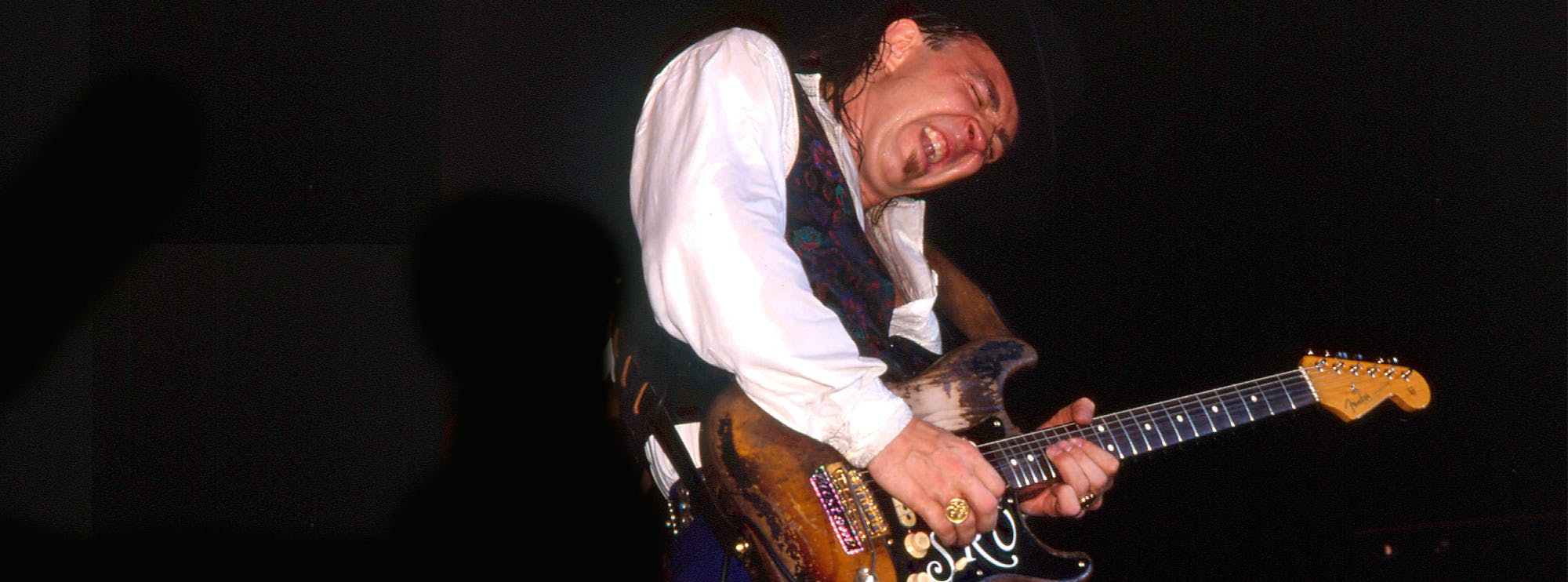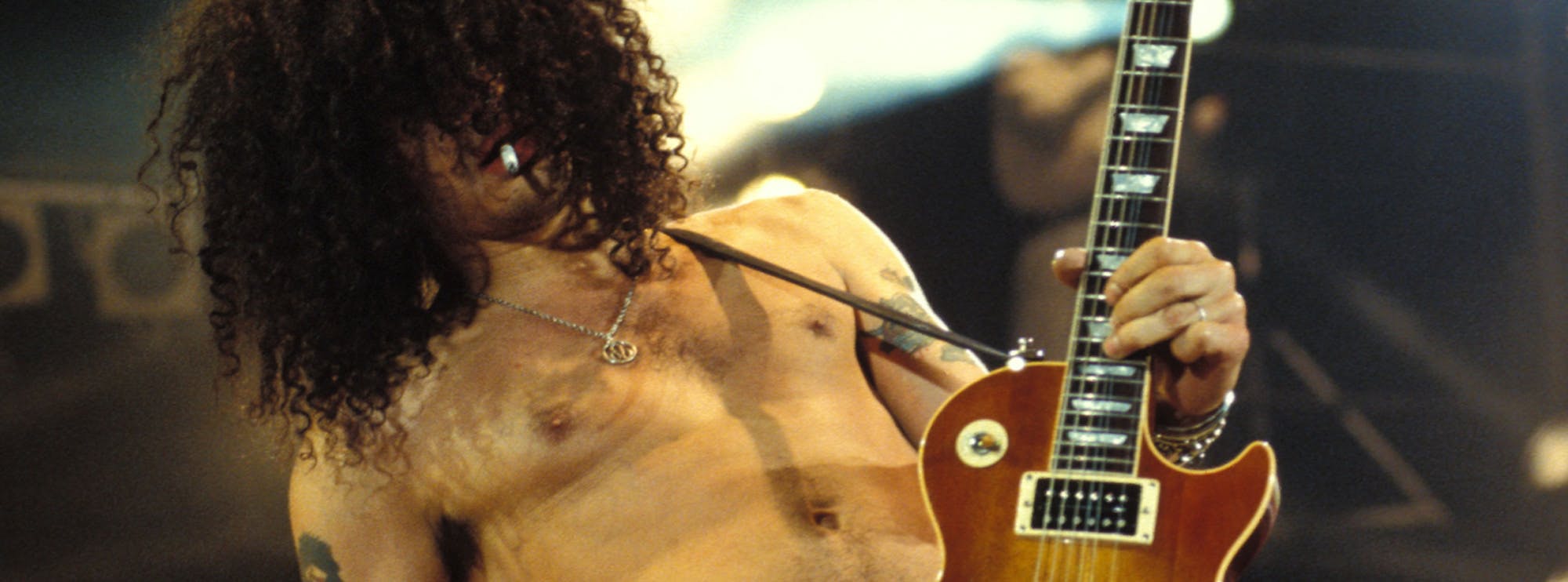Three O'Clock Blues by B.B. King - Guitar Lesson Breakdown
B.B. King's "Three O'Clock Blues" is an iconic blues standard that has captivated audiences since its release in the early 1950s. This song is not just a cornerstone of King’s illustrious career, but it also serves as an essential study piece for any guitarist looking to master the art of blues guitar. Our note-for-note guitar lesson at Licklibrary.com delves deep into the techniques that made this track a timeless masterpiece. Below, we'll explore the various techniques covered in our lesson, the benefits of mastering these skills, and a brief overview of the guitarists who played on this influential track. Lee Hodgson breaks down this classic blues track in this exclusive Lick Library video tutorial.
The Guitar Techniques in "Three O'Clock Blues"
String Bending
String bending is a cornerstone of B.B. King's style, and "Three O'Clock Blues" showcases his impeccable use of this technique. String bending allows the guitarist to reach notes that aren't naturally available on a fret, producing a vocal-like quality that is expressive and deeply emotional. This lesson focuses on the precision required for bends, ensuring that each note is reached with accuracy and feeling. Mastering string bending will significantly enhance your expressiveness on the guitar, allowing you to inject more emotion into your playing.
Vibrato
B.B. King's signature vibrato is often described as "buttery smooth," and it's a crucial element of his sound in "Three O'Clock Blues." The lesson breaks down the mechanics of King's vibrato, helping you develop a controlled and consistent technique. By incorporating vibrato into your playing, you'll add a rich, singing quality to your notes, making them stand out with a sustained, soulful resonance.
Slides
Slides play a vital role in blues guitar, and B.B. King uses them to glide effortlessly between notes, creating a fluid, connected sound. Our lesson emphasizes the subtleties of this technique, from the pressure needed on the strings to the timing of the slide. Practicing slides will improve your finger strength and coordination, enabling you to connect notes seamlessly and add a more polished, professional sound to your solos.
Hammer-ons and Pull-offs
Hammer-ons and pull-offs are essential techniques that contribute to the smooth, flowing melodies found in "Three O'Clock Blues." These techniques allow for quick transitions between notes, making your playing more dynamic and expressive. The lesson offers a step-by-step approach to mastering hammer-ons and pull-offs, ensuring that you can perform these techniques with clarity and precision. Learning these will improve your finger dexterity and speed, essential skills for any advanced guitarist.
Double Stops
Double stops, or the simultaneous playing of two notes, are used by B.B. King to create fuller, richer sounds during his solos. In "Three O'Clock Blues," these are particularly effective in adding harmonic complexity to the simple blues structure. The lesson will guide you through the correct finger placements and picking techniques to achieve clean, resonant double stops. Mastering double stops will not only enhance your soloing capabilities but also your overall understanding of harmony on the guitar.
Bluesy Bends
A variant of the standard bend, bluesy bends are slightly subtler and are often used to add a 'blue' note or tension to the music. In "Three O'Clock Blues," King uses these bends to inject raw emotion into his playing. This lesson will teach you how to execute these bends with finesse, ensuring that you can replicate the soulful wails that are characteristic of the blues. Learning bluesy bends will allow you to express more nuanced emotions in your playing, a crucial aspect of performing blues music authentically.
The Guitarist Behind the Song
B.B. King, known as the "King of the Blues," is one of the most influential guitarists of all time. His style is characterised by a combination of expressive string bends, intricate vibrato, and smooth, flowing lines that have become a blueprint for blues guitarists around the world. "Three O'Clock Blues" was one of his first major hits, and it laid the foundation for his long and illustrious career. King’s influence extends far beyond the blues genre, touching rock, jazz, and even pop music. Guitarists like Eric Clapton, Jimi Hendrix, and Stevie Ray Vaughan have all cited B.B. King as a major influence on their playing.
In "Three O'Clock Blues," King's guitar work is a masterclass in blues technique. His ability to convey deep emotion through relatively simple phrases showcases the power of restraint and the importance of tone in blues music. By studying this song, guitarists can gain valuable insight into the techniques and approaches that have shaped the landscape of modern guitar playing.
Guitar Techniques Covered in the Lesson
This lesson on "Three O'Clock Blues" by B.B. King is an excellent opportunity for guitarists to deepen their understanding of blues guitar and to develop essential techniques that will serve them across various musical styles. Whether you're a seasoned player or just starting out, the techniques covered in this lesson will enhance your playing and bring you closer to the soulful expression that B.B. King is renowned for.

About The Tutor
Tutor Profile
Lee Hodgson
"Lee's contribution here at LickLibrary is a masterclass in classic guitar playing, from Hank Marvin to Simon & Garfunkel, but that certainly isn't the limit of his skills. In reality, Lee is one of the most technically able country guitar players we've ever seen, in fact his book ""Hot Country""...




